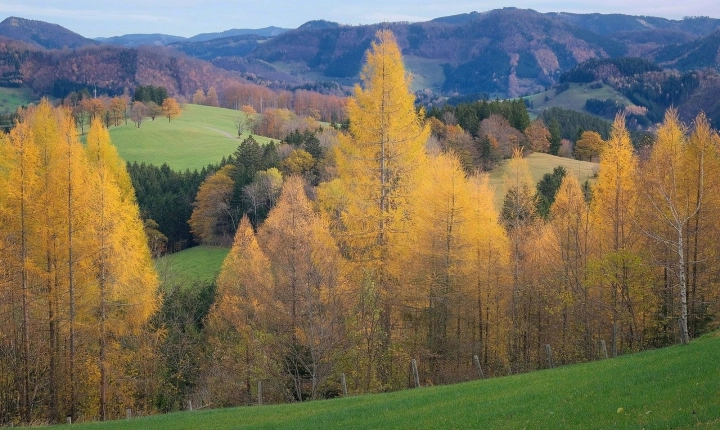Coloring a blank map in Adobe Illustrator can be a fun and creative process. Whether you’re designing a custom map for a presentation, infographic, or educational material, adding color to a map can help convey information and enhance visual appeal. In this article, we’ll explore the steps to color a blank map in Adobe Illustrator, a powerful vector-based graphic design software.
Step 1: Open a blank map in Adobe Illustrator
First, open Adobe Illustrator and create a new document. Import the blank map you want to color by using the “File” > “Place” option. This will insert the map into your Illustrator canvas, ready for editing.
Step 2: Create a new layer for coloring
Once the map is imported, it’s good practice to create a new layer specifically for coloring. This helps to keep your artwork organized and allows for easy editing and adjustments later on.
To do this, simply click on the “New Layer” button at the bottom of the Layers panel. Name the new layer “Coloring” or something similar to denote its purpose.
Step 3: Select and define the areas to be colored
Using the Pen Tool or the Shape Tool, create shapes or paths to define the areas you want to color on the map. For example, if you are coloring a world map, you might create separate shapes for continents, countries, or regions. Be sure to close each shape so that it forms a complete, enclosed area.
Step 4: Apply colors to the defined areas
After creating the shapes for the areas you want to color, it’s time to add color to each one. Select a shape using the Selection Tool, then choose a fill color from the Swatches panel or the Color panel. You can also create custom colors using the Color panel or the Color Picker.
If you want to add gradients or patterns to the shapes, you can do so by selecting the shape and then applying a gradient or pattern fill using the Fill panel.
Step 5: Refine and customize the colors
Once you’ve applied basic colors to the map, take the time to refine and customize the colors to your liking. You can experiment with different shades, hues, and opacities to achieve the desired visual effect. You can also adjust the stroke color and thickness of the shapes to add further detail and contrast.
Step 6: Add labels and legend (optional)
If your map requires labels for specific regions or areas, you can add text using the Type Tool. This may include country names, city names, or any other relevant information. Additionally, if you have used different colors to represent specific data or categories, consider adding a legend to explain the color scheme.
Step 7: Save and export your colored map
Once you are satisfied with the coloring of the map, save your work in the native Adobe Illustrator format (.ai) to retain the layers and editing capabilities. You can also export your map as a high-resolution image file (such as a JPEG or PNG) for use in presentations, printing, or web publishing.
In conclusion, coloring a blank map in Adobe Illustrator can be a rewarding and creative process. By following these steps and experimenting with various colors and design elements, you can create visually stunning and informative maps for a wide range of purposes. With practice and creativity, you can turn a plain map into a vibrant and engaging visual asset.
